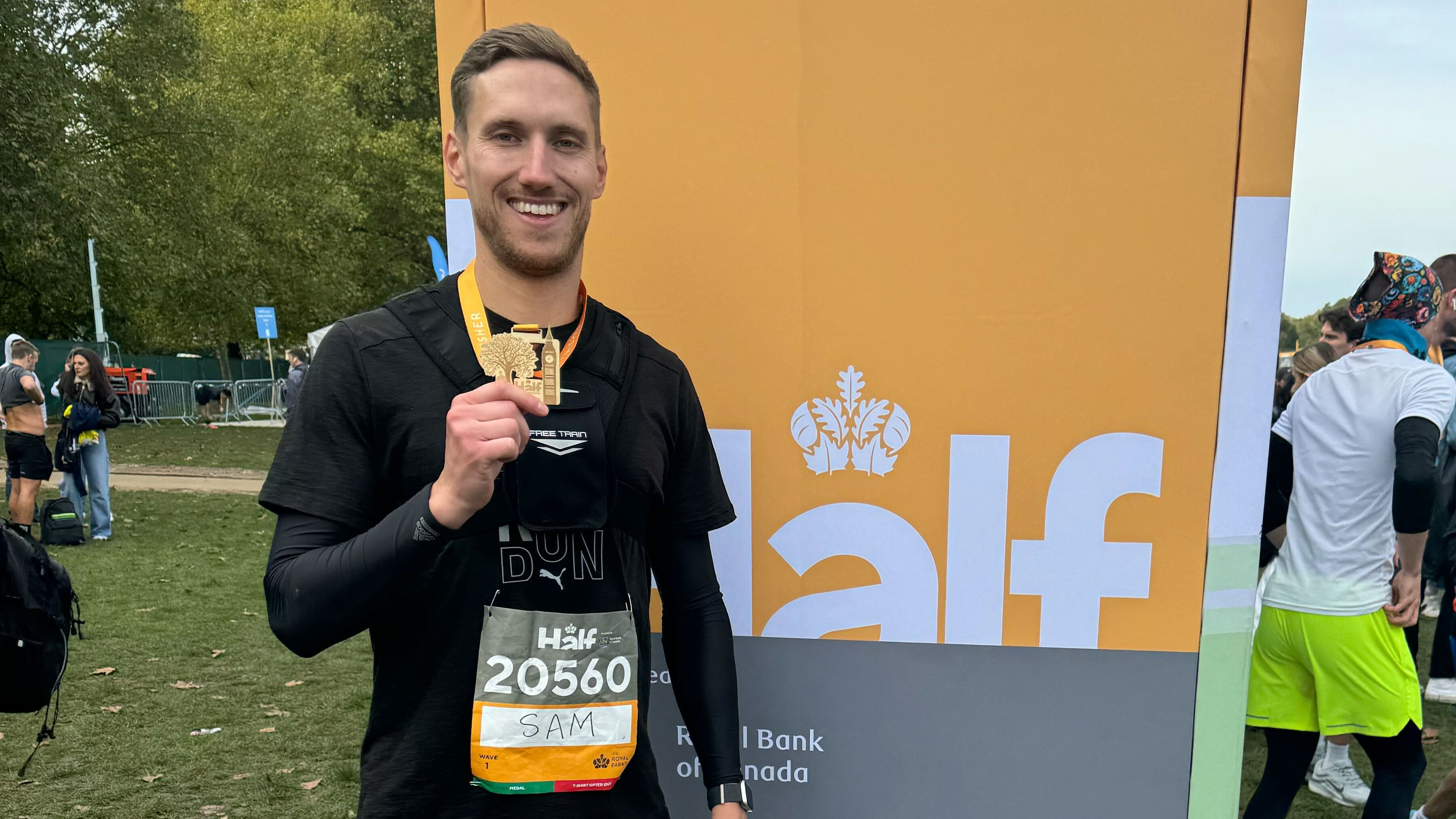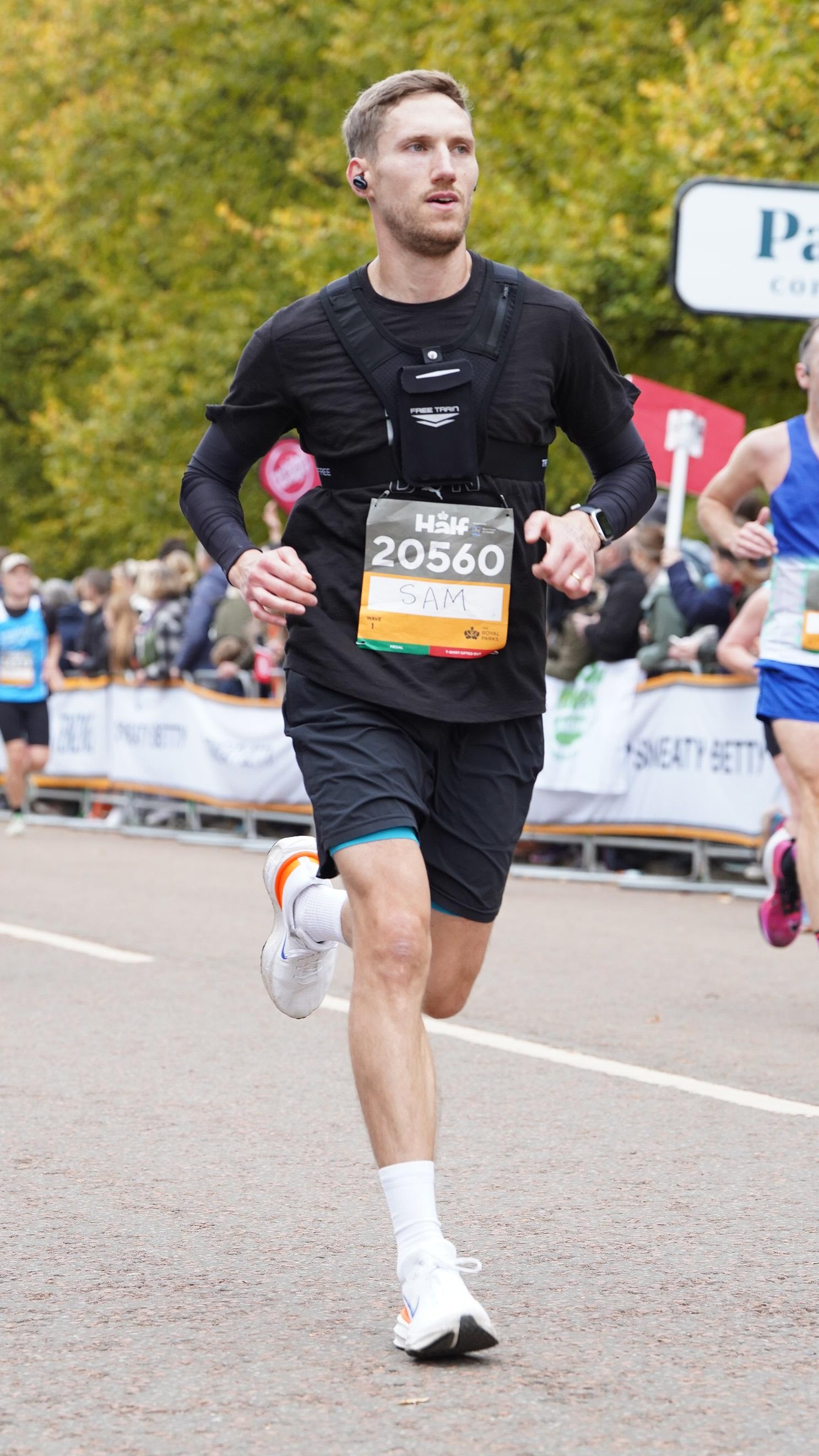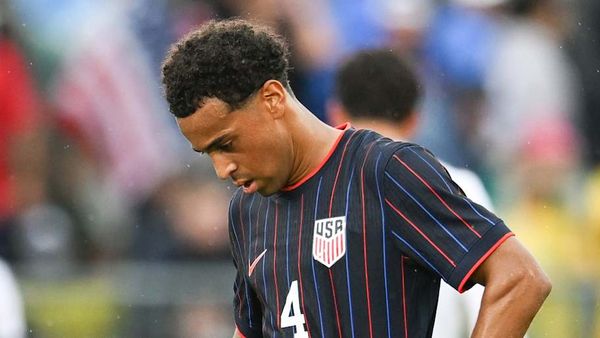
Ask anyone how to train for a running race and they should tell you one thing: start with a plan. The problem is, which plan? It can be hard to know which off-the-peg plan best suits your individual needs.
That's why I believe Runna stands out in a crowded running market. I first looked closely at the running app when looking for a plan that would get me to the start line of London's Royal Parks Half Marathon.

The only issue was that due to work commitments I'd given myself less than two months to train for it—a relatively short window given my last half marathon was seven years earlier. I also needed the plan to include resistance training elements, along with warm-up and cool-down routines, to protect my weak, injury-prone knees.
Runna, thankfully, ticked every box. Using its training plan builder, it equipped me with a bespoke eight-week running program, which included full-body strength workouts, and a multitude of tips and tricks that got me to the start line feeling confident I'd at least get to the finish line in one piece.
After successfully completely the Royal Parks half, I'm reloading the app to train for my next fitness challenge for 2025. Here are seven reasons why I'd recommend Runna if you have a race place booked next year.
1. The plan felt personalized
When building my plan, I could specify how often I wanted to run each week, which days suited my schedule best, and add my current half marathon pace so that it could be tailored to my needs and ability.
It might sound simple but this customization added a level of convenience that's hard to come by when downloading an off-the-peg training plan from the web.
2. Strength workouts integrated seamlessly into my plan
Once my running plan was lined up I was able to add personalized strength and conditioning workouts based on my resistance training experience, desired duration and frequency of sessions and available equipment.
The workouts themselves were easy to follow with animated form guides, technique tips and in-built timers for each set and rest period.
These workouts might not be as visually immersive as those offered by the likes of Fiit, but they armed me with a range of exercises that helped me feel stronger and more resilient when I headed out for runs.
3. Audio and visual cues mid-run meant I never went out too fast (or slow)
If you're familiar with running app Strava, you'll know you can set audio cues to notify you of your pace every kilometer or mile to help you hit a pace target.
Runna goes one step further. Whether completing a long run or knocking off quickfire intervals, it can nudge you when you're going off too fast or plodding along too slowly.
The latter option can feel a tad grating if you physically can't go any faster—which happened to me on numerous occasions, possibly because I set a vaguely unrealistic pace target—but these can be switched off.
The app was also compatible with my Apple Watch, which meant it could track my heart rate mid-run and I could also use the visual dashboard to check if I was on—or wildly off—pace with a quick glance at my wrist.
4. Detailed metrics appealed to my inner data nerd
It's easy to get lost in the weeds of too much data when tracking workouts, but if you're that way inclined, like I am, Runna's detailed metrics can provide handy insights about how your training is going.
Like the paid option with Strava, it's comprehensive while never feeling superfluous. With a compatible heart rate tracker, like my Apple Watch, I could review where my heart rate spiked and leveled off, which heart rate zone I spent most of my time in, and when my pace was on track and when it fell off a cliff.
The app also records best efforts—like 1km, 1 mile, 5K and 10K PRs—for added motivation, and can even track mileage depending on which shoes you use, notifying you when they've run their last race and you need a new pair.
5. I could easily toggle between outdoor and indoor routines
A simplistic feature, perhaps, but having the option to toggle my outdoor run for a treadmill option provided another welcome convenience, especially when restricted to a hotel gym on a holiday in the penultimate week of my plan.
It meant I could easily switch the pace targets from a time per km to a specific kph (ie. from 3min 45sec/km to 16.1kph) so I didn't have to do any quick math to work out the required speed for each interval.
6. The Runna community is infectious
Scroll down Runna's Instagram feed and you'll see how far Runna's influence has spread. From Egypt to Honolulu, people who use Runna appear on the start line of every major event in the race calendar—and it's an inclusive community that makes you want to be a part of it.
Their team regularly shares useful tips in the app too, like how exactly to use zone 2 training to get faster, how to pace a PR, essential warm-up drills and three exercises every runner should use to reduce the risk of injury.
7. If your fitness goal includes running, chances are they have a plan for it
Runna currently offers 24 running plans, including beginner-friendly new to running and returning to running plans, as well as programs for triathletes, ultrarunners, and those returning from injury or postpartum.
They've also recently added an eight-week HYROX plan which I've just embarked on, meaning I'm still using the app several weeks after completing my last race.
Is Runna worth it?
I was fortunate to be testing the Runna app on a complimentary pass but at £15.99 per month or £99.99 per year ($20.30 or $126.96) it feels like reasonably good value for money for the level of structure, insight and accountability it provides.
The addition of a HYROX training plan has kept me hooked since I crossed the Royal Parks finish line. And if you're committed to a particular race it will feel like money well spent if you come away with a new PR.







